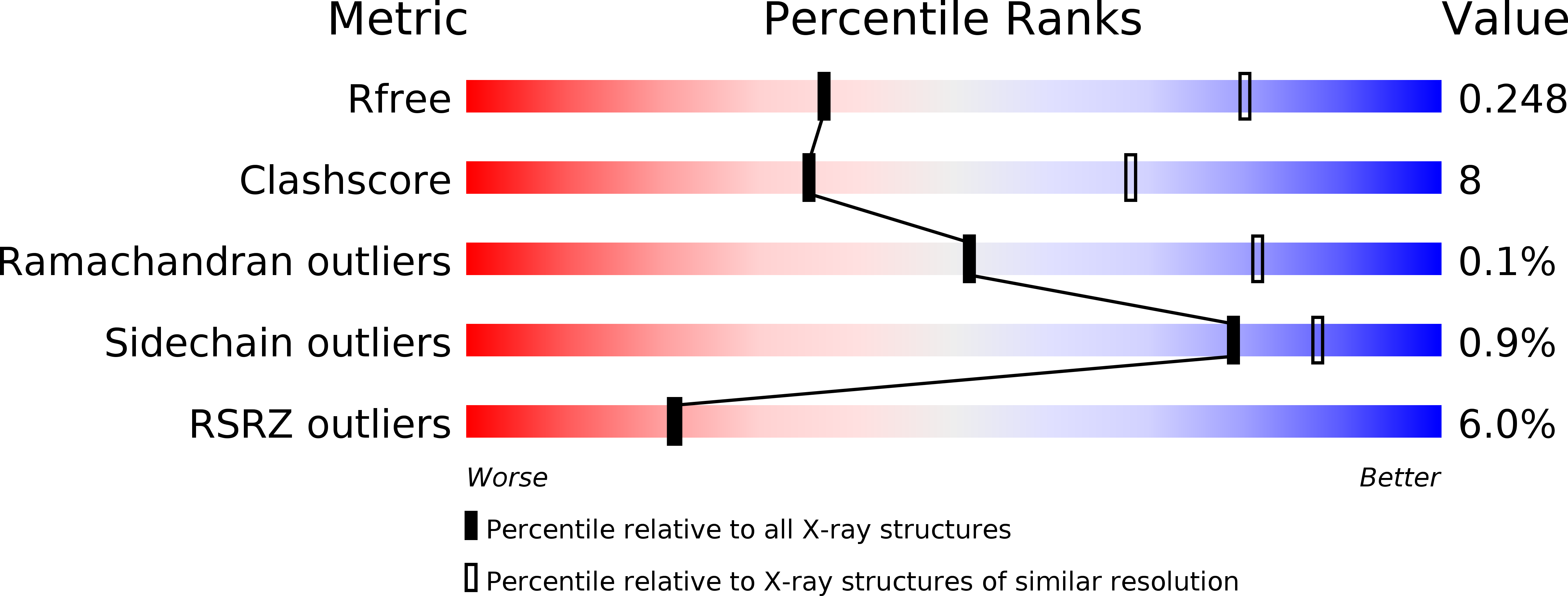
Deposition Date
2016-02-11
Release Date
2016-06-01
Last Version Date
2023-09-27
Entry Detail
PDB ID:
5I42
Keywords:
Title:
Structure of HIV-1 Reverse Transcriptase in complex with a DNA aptamer, AZTTP, and CA(2+) ion
Biological Source:
Source Organism:
Human immunodeficiency virus type 1 group M subtype B (isolate BH10) (Taxon ID: 11678)
synthetic construct (Taxon ID: 32630)
synthetic construct (Taxon ID: 32630)
Host Organism:
Method Details:
Experimental Method:
Resolution:
3.30 Å
R-Value Free:
0.24
R-Value Work:
0.22
R-Value Observed:
0.22
Space Group:
P 1 21 1


